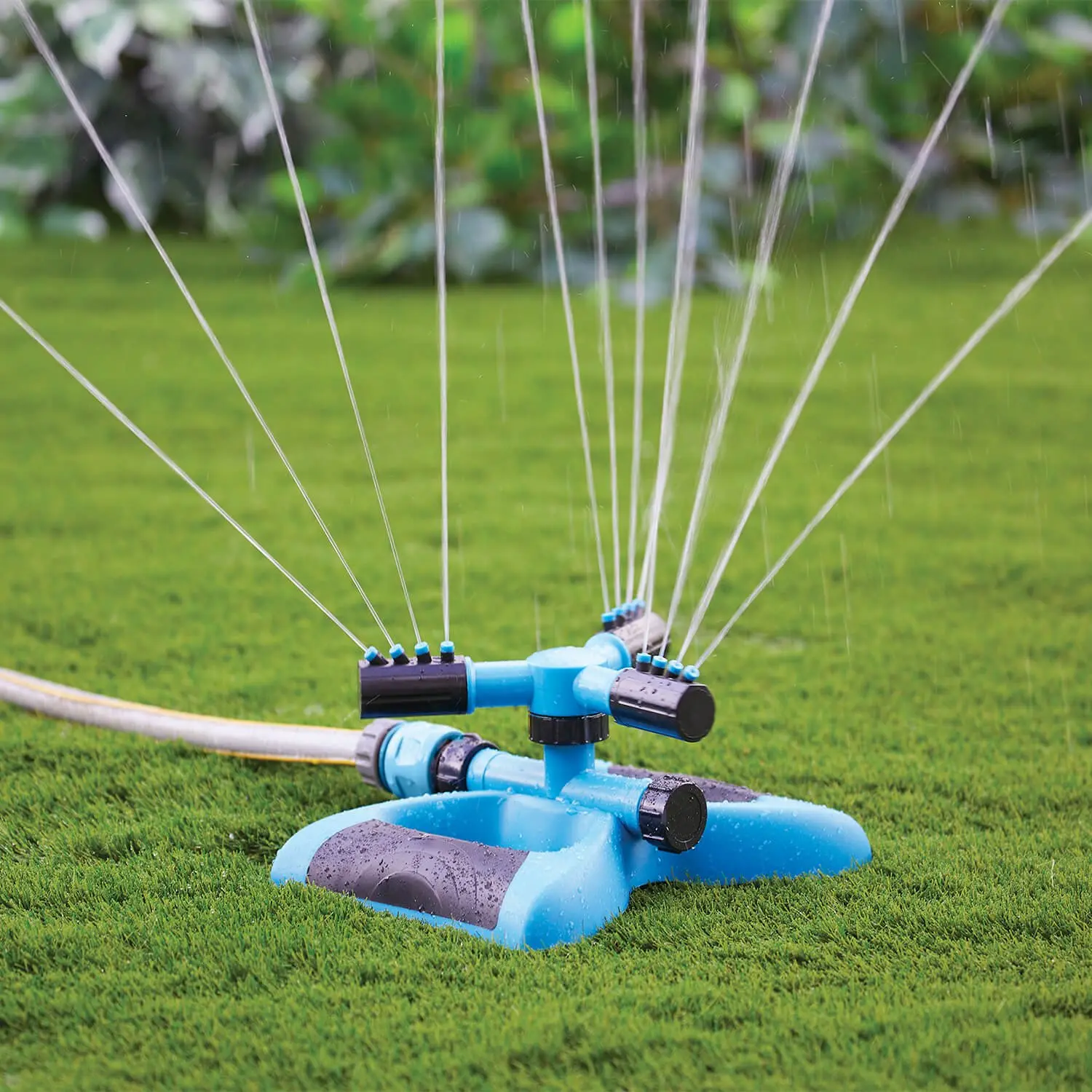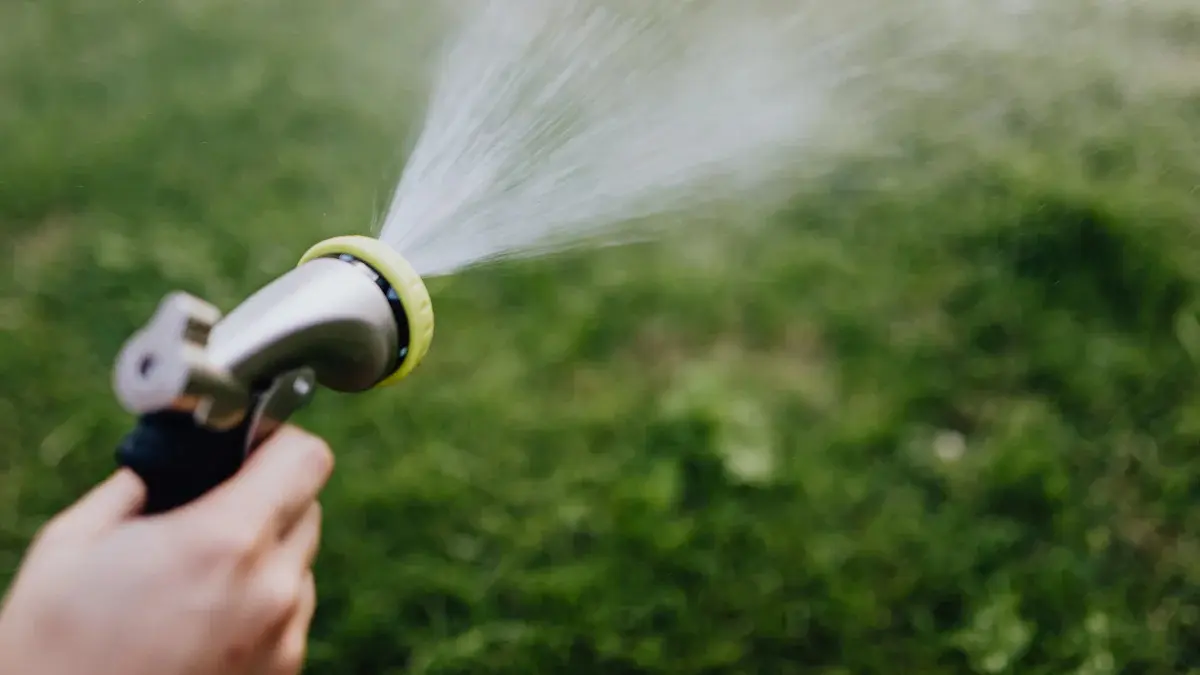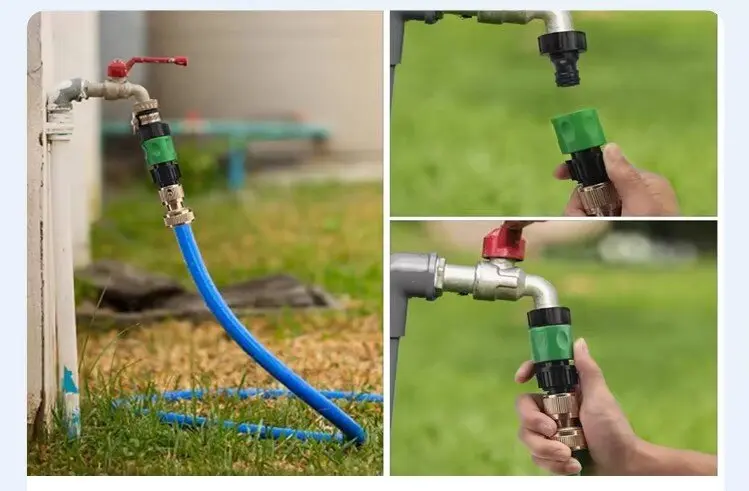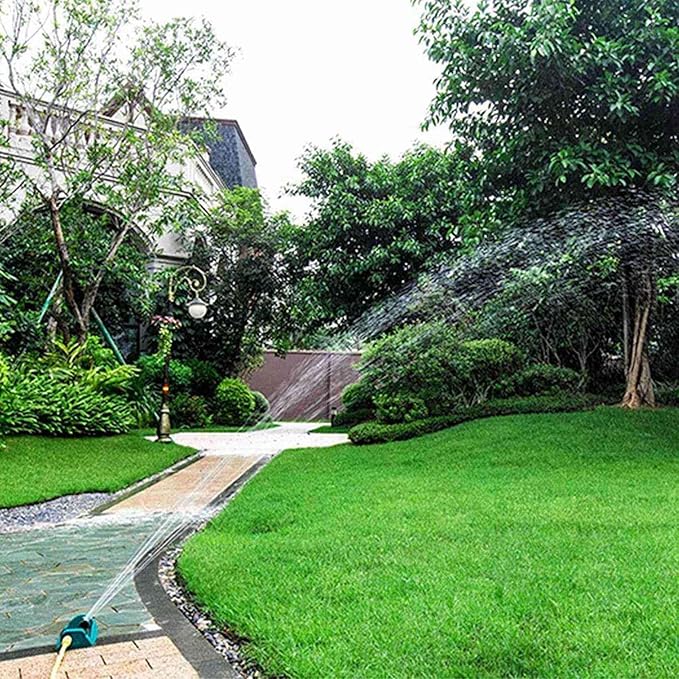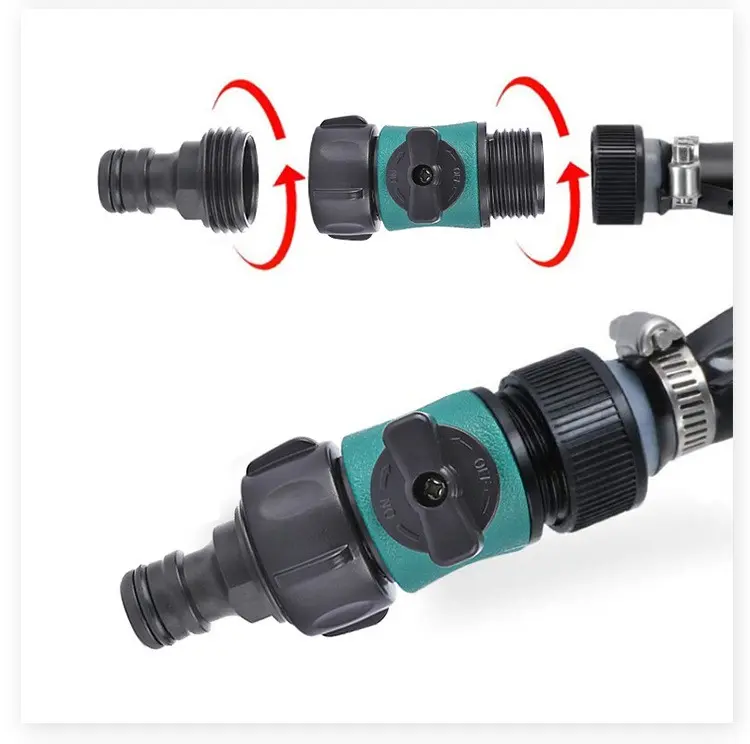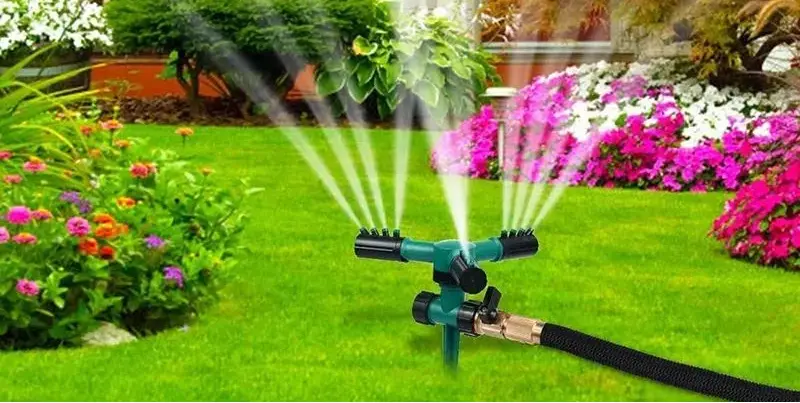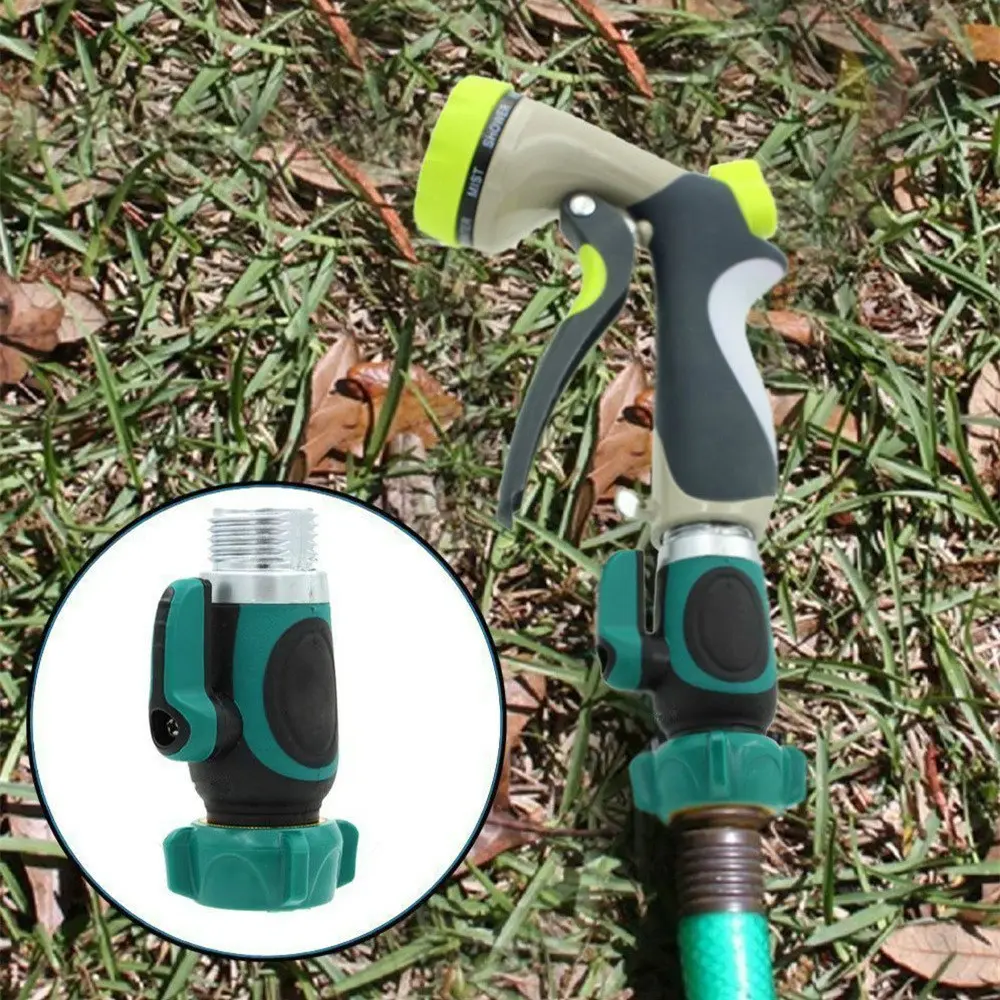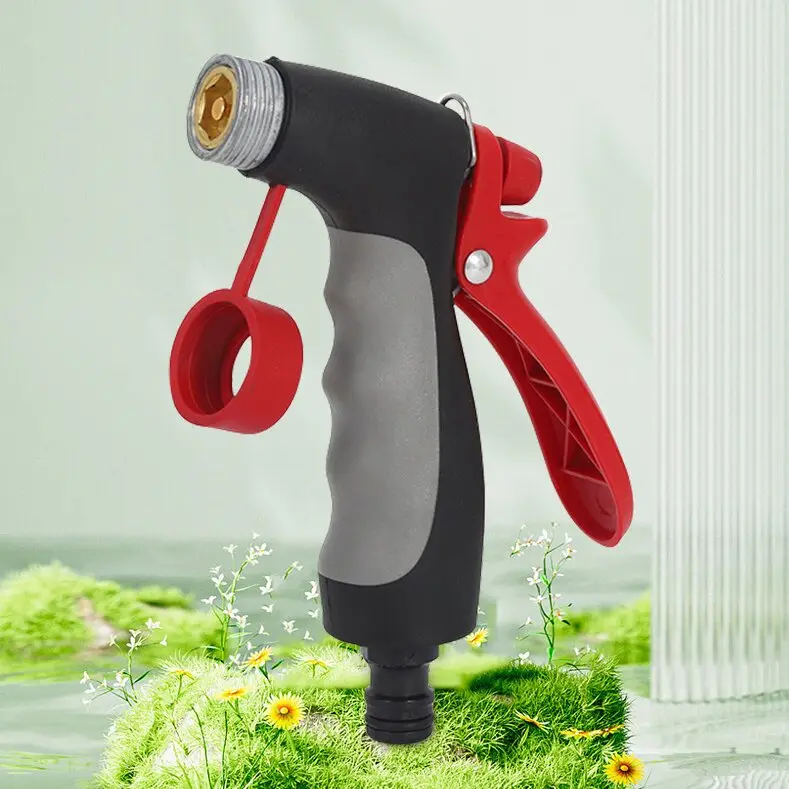Brass vs Plastic: Choosing the Right Garden Hose Splitter
Brass vs Plastic: Choosing the Right Garden Hose Splitter
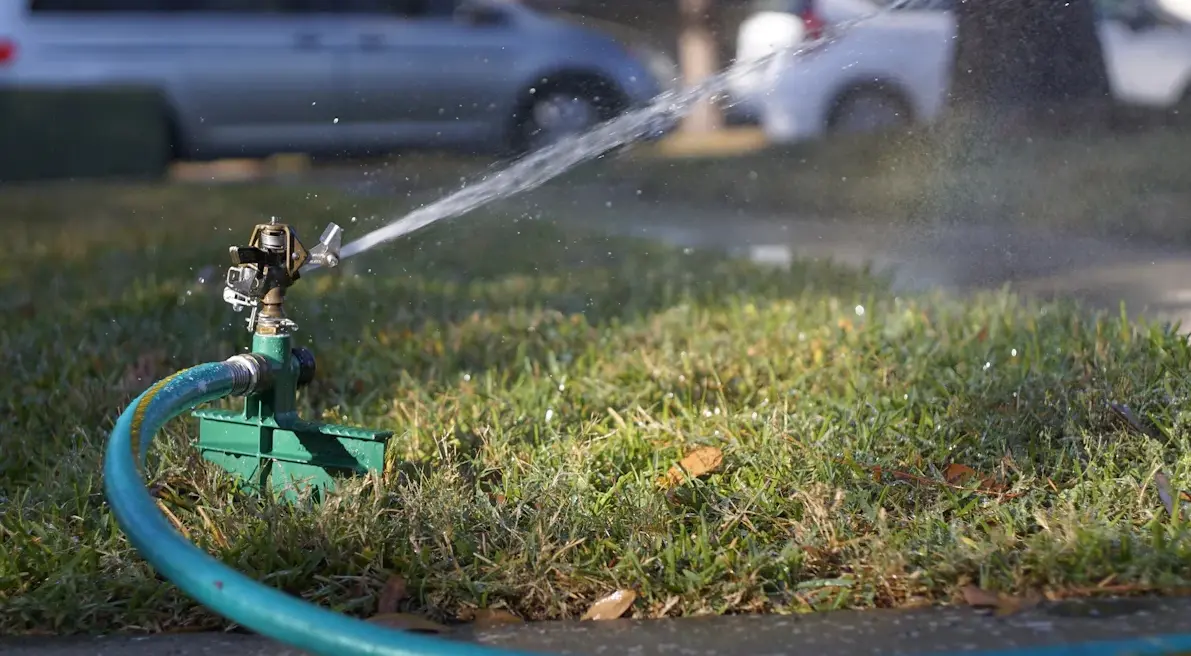
Choosing the right material for your garden hose splitter is crucial for ensuring durability and functionality. Brass splitters offer exceptional strength and longevity, making them a reliable choice for long-term use. They resist rust and withstand high water pressure, providing a robust solution for your gardening needs. On the other hand, plastic splitters are lightweight and affordable, appealing to those seeking cost-effective options. However, they may not last as long as their brass counterparts. By understanding these differences, you can make an informed decision that best suits your gardening requirements.
Comparing Brass and Plastic Garden Hose Splitters
Advantages of Brass Splitters
Durability and Longevity
When you choose a brass garden hose splitter, you invest in a product known for its durability and longevity. Brass splitters withstand the test of time, providing a reliable solution for your gardening needs. The robust nature of brass ensures that it can handle high water pressure without succumbing to wear and tear. This makes brass an excellent choice for those who frequently use their garden hose splitter.
Resistance to Weather and Corrosion
Brass splitters excel in resisting weather and corrosion. Unlike other materials, brass does not rust easily, making it ideal for outdoor use. Whether you face rain, sun, or snow, a brass splitter maintains its integrity. This resistance to environmental elements ensures that your garden hose splitter remains functional and efficient throughout the seasons.
Disadvantages of Brass Splitters
Heavier Weight
One downside of brass splitters is their weight. Brass is heavier than plastic, which might make handling and installation a bit more challenging. If you prefer a lightweight option, you might find brass less convenient to maneuver.
Higher Cost
Brass splitters come with a higher price tag compared to plastic ones. The cost reflects the material's quality and durability. While the initial investment is greater, the longevity of brass often justifies the expense for those seeking a long-term solution.
Advantages of Plastic Splitters
Lightweight and Easy to Handle
Plastic garden hose splitters offer the advantage of being lightweight and easy to handle. You can install and adjust them with minimal effort, making them a user-friendly option. This feature is particularly beneficial if you frequently move your splitter or have limited strength.
Cost-Effectiveness
Plastic splitters are a cost-effective choice for budget-conscious gardeners. They provide a functional solution without breaking the bank. While they may not last as long as brass, their affordability makes them an attractive option for those who prioritize initial savings.
Disadvantages of Plastic Splitters
Susceptibility to Cracking
Plastic splitters, while affordable and lightweight, often face issues with cracking. You might notice that over time, exposure to the elements can weaken the plastic material. This weakness makes it prone to developing cracks, especially if you frequently adjust or move the splitter. Unlike brass, which maintains its integrity under pressure, plastic may not hold up as well when subjected to constant use or stress.
Less Durable in Extreme Weather
Plastic splitters also struggle in extreme weather conditions. If you live in an area with harsh winters or scorching summers, you might find that plastic splitters do not last as long. The material can become brittle in cold temperatures, increasing the risk of breakage. In contrast, high heat can cause plastic to warp or melt, compromising its functionality. While plastic splitters resist corrosion, their overall durability in challenging climates falls short compared to metal options like brass.
Factors to Consider When Choosing a Garden Hose Splitter
When selecting a garden hose splitter, several factors come into play. Understanding these elements ensures you choose the best option for your gardening needs.
Material Considerations
Matching Material to Usage Needs
The material of your garden hose splitter significantly impacts its performance and longevity. Brass splitters offer durability and resistance to weather conditions. They withstand high water pressure and resist corrosion, making them ideal for frequent use. Plastic splitters, while lightweight and cost-effective, may not endure extreme weather as well. If you live in an area with harsh climates, consider the durability of brass or other sturdy materials like stainless steel or aluminum. These materials provide longevity and resist rust, ensuring your splitter remains functional over time.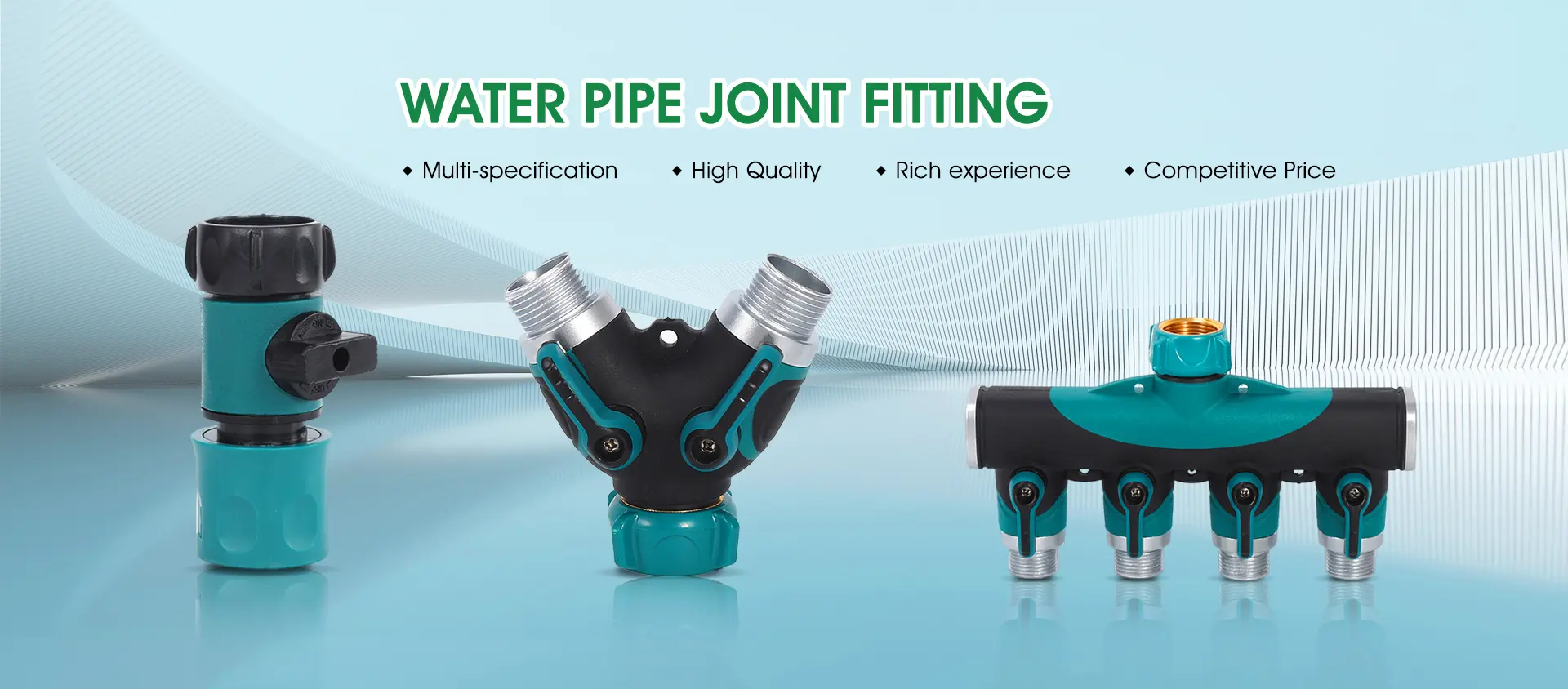
Number of Channels
Single vs. Multiple Outlets
The number of channels in a garden hose splitter determines how many hoses you can connect simultaneously. A single outlet splitter suits basic watering tasks, allowing you to manage one hose at a time. However, if you have a larger garden or multiple watering zones, a splitter with multiple outlets offers greater flexibility. You can water different areas simultaneously, saving time and effort. Consider your garden's size and watering needs when deciding between single and multiple outlet splitters.
Ease of Use
Installation and Adjustment Features
Ease of use is crucial when choosing a garden hose splitter. Look for splitters with user-friendly installation features. Quick-connect systems simplify the attachment process, allowing you to set up your splitter without hassle. Adjustable levers or knobs provide control over water flow, enabling you to customize the watering process. Ensure the splitter you choose offers straightforward installation and adjustment features to enhance your gardening experience.
Tips for Using and Maintaining Garden Hose Splitters
Proper Installation Techniques
Ensuring a Secure Fit
To ensure your garden hose splitter functions effectively, you must install it correctly. Begin by checking the threads on both the splitter and the spigot. Clean any debris or dirt that might interfere with a tight connection. When attaching the splitter, twist it onto the spigot until it feels snug. Avoid over-tightening, as this can damage the threads. If your splitter includes washers, make sure they are in place to prevent leaks. Products like the Eastrans Splitter come with high-quality ball valves and threads, which help in achieving a secure fit and preventing leakage.
Regular Maintenance Practices
Cleaning and Storage Tips
Regular maintenance extends the life of your garden hose splitter. After each use, disconnect the splitter and drain any remaining water. This prevents mineral buildup and reduces the risk of freezing in colder climates. Clean the splitter with a mild detergent and a soft brush to remove dirt and grime. Rinse thoroughly and let it dry before storing. Store your splitter in a cool, dry place to protect it from extreme temperatures. The High-Quality Brass Hose Splitter is designed to withstand high water pressure, but proper care ensures its longevity.
Troubleshooting Common Issues
Addressing Leaks and Blockages
Leaks and blockages can hinder the performance of your garden hose splitter. If you notice a leak, first check the connections. Tighten any loose fittings and replace worn washers. For persistent leaks, inspect the splitter for cracks or damage. In case of blockages, detach the splitter and flush it with water to clear any obstructions. The JANSAMN Heavy-Duty Splitter is known for its durability, yet regular checks help maintain its effectiveness. By addressing these issues promptly, you ensure your splitter remains a reliable tool for your gardening tasks.
Choosing between brass and plastic garden hose splitters depends on your specific needs. Brass splitters offer durability and resistance to weather, making them ideal for frequent use. Plastic splitters, however, provide a lightweight and cost-effective solution. Consider your gardening requirements, such as climate and usage frequency, when making a decision. As Genevieve Schmidt suggests, consulting with experts and examining hardware can guide you in selecting the right splitter. By evaluating these factors, you ensure a choice that enhances your gardening experience and meets your unique needs.




